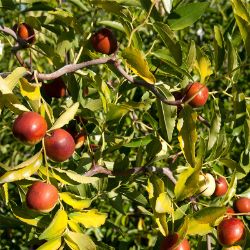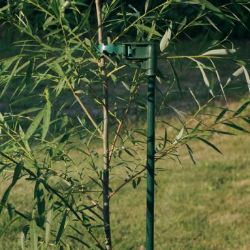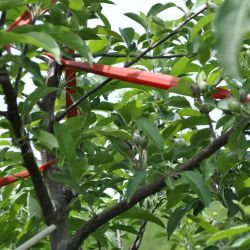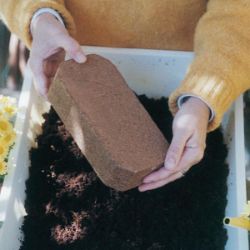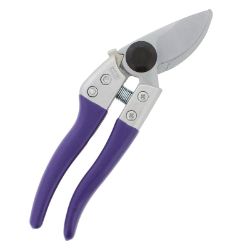Pruning Jujube Trees
Prune jujube trees during the dormant season, typically in late winter or early spring before new growth emerges. This helps the tree focus energy on new growth after pruning.
NOTE: This is part 6 in a series of 8 articles. For a complete background on how to grow jujube trees, we recommend starting from the beginning.
Remove Dead or Diseased Wood: Start by identifying and removing any dead, damaged, or diseased branches. This helps improve the overall health of the tree and prevents the spread of diseases.
Thinning the Canopy: Thin out the canopy to improve air circulation and sunlight penetration. Remove crowded or crossing branches to create an open and balanced structure. This enhances fruiting and reduces the risk of diseases.
Height Control: Jujube trees can be pruned to control their height and shape. If a specific height is desired, selectively prune the top branches to encourage lateral growth.
Heading Back: To encourage branching and denser growth, selectively prune the tips of branches. This is known as “heading back.” Focus on areas where you want more lateral growth.
Remove Suckers and Water Sprouts: Keep an eye out for suckers (shoots emerging from the base of the tree) and water sprouts (vigorous, vertical shoots). Remove these to maintain a tidy and well-structured canopy.
Fruit Thinning: In years with heavy fruit set, thin the fruit clusters to improve fruit size and quality. Remove smaller or damaged fruits, leaving space for the remaining ones to mature.
Tools: Use sharp and clean pruning tools, such as hand pruners or loppers, to make clean cuts. Disinfect the tools between cuts if there’s a risk of spreading diseases.
Consider Tree Age: Young jujube trees benefit from formative pruning to establish a well-shaped structure. Mature trees may need less aggressive pruning, focusing on maintenance and removal of dead or unwanted growth.
Step Back and Assess: Periodically step back and assess the tree’s overall shape as you prune. Aim for a balanced, open canopy that allows sunlight to reach all parts of the tree.
Consult Local Expertise: If you’re unsure about how much to prune or have specific concerns, consider consulting with local arborists or horticulturists for advice tailored to your region.













